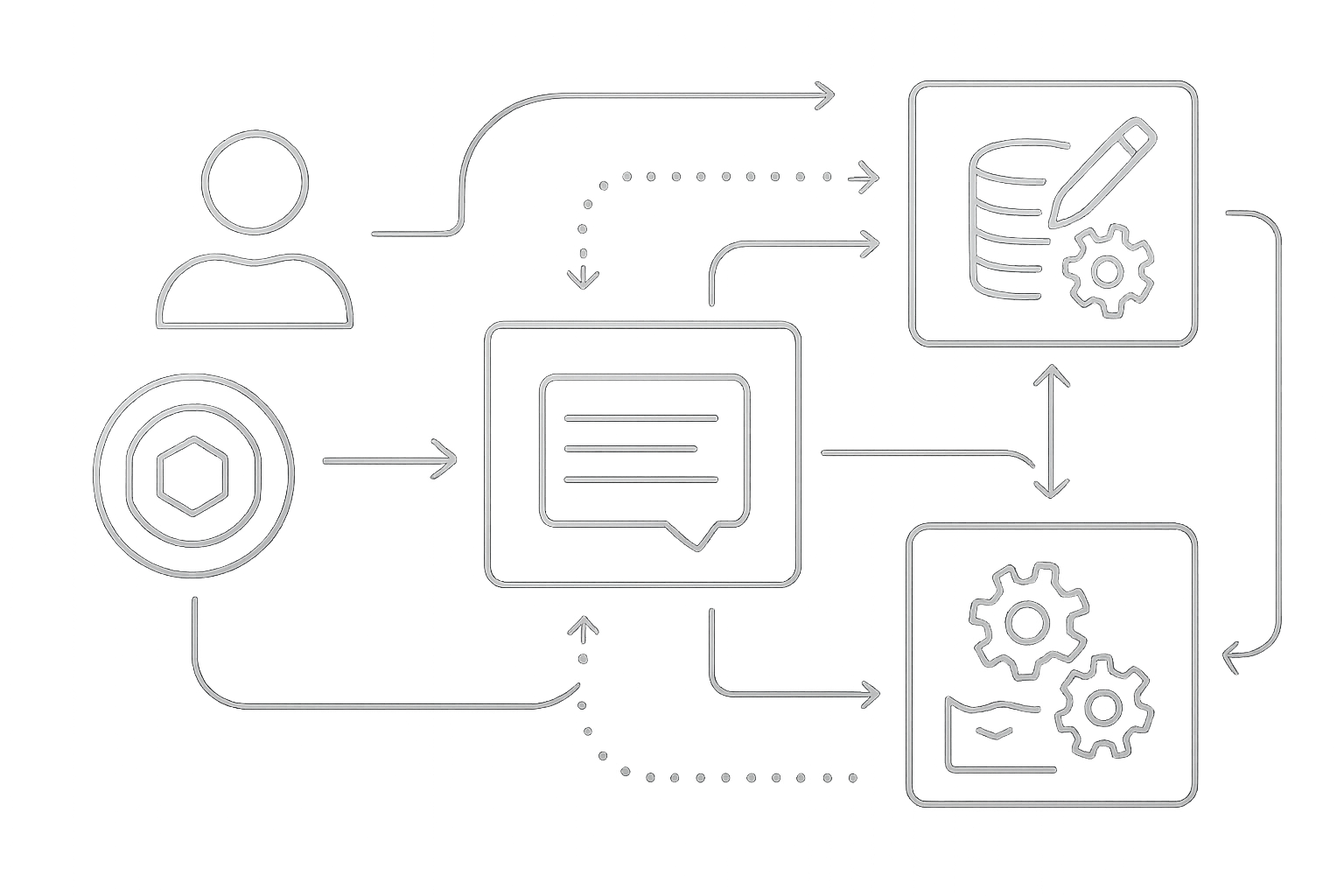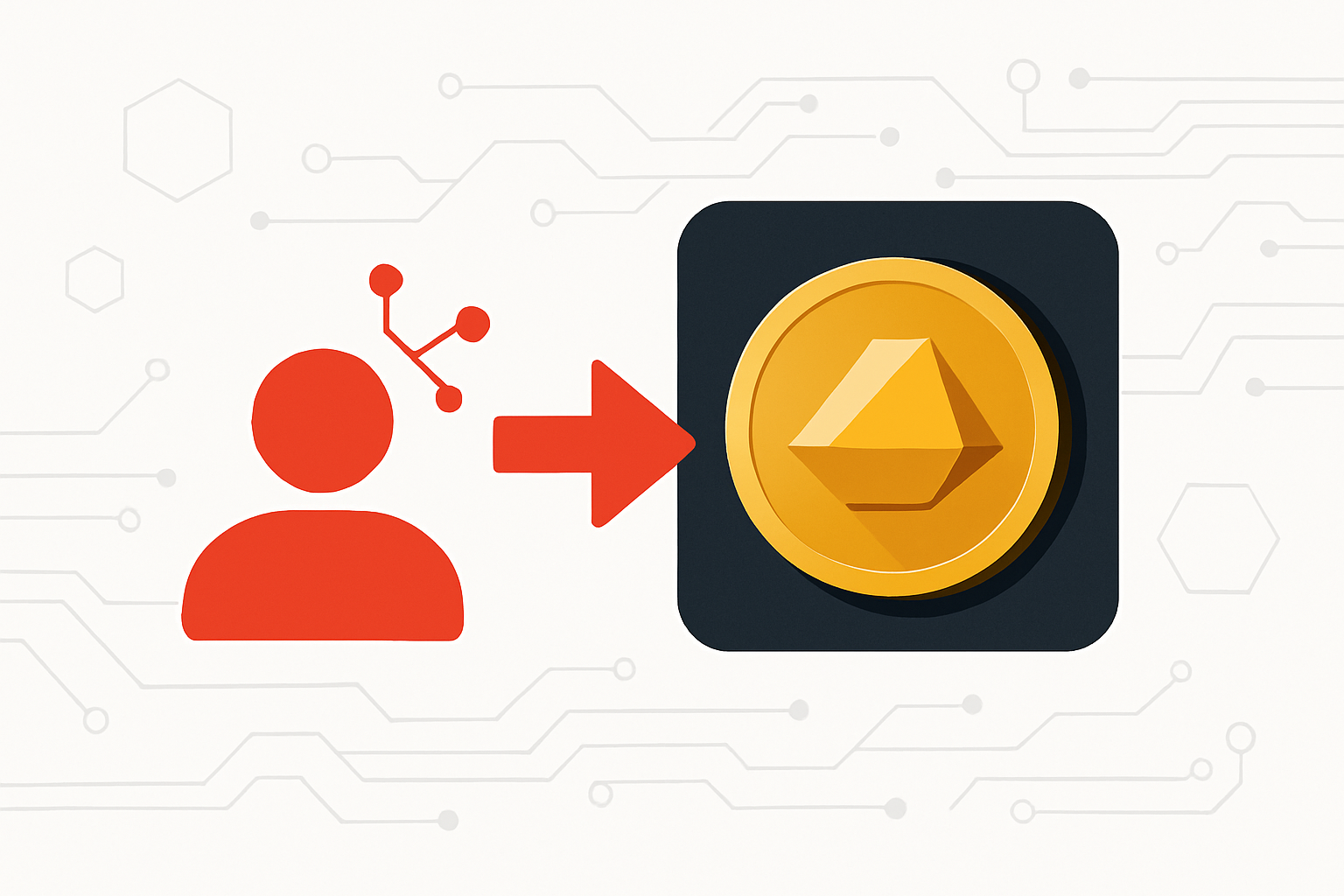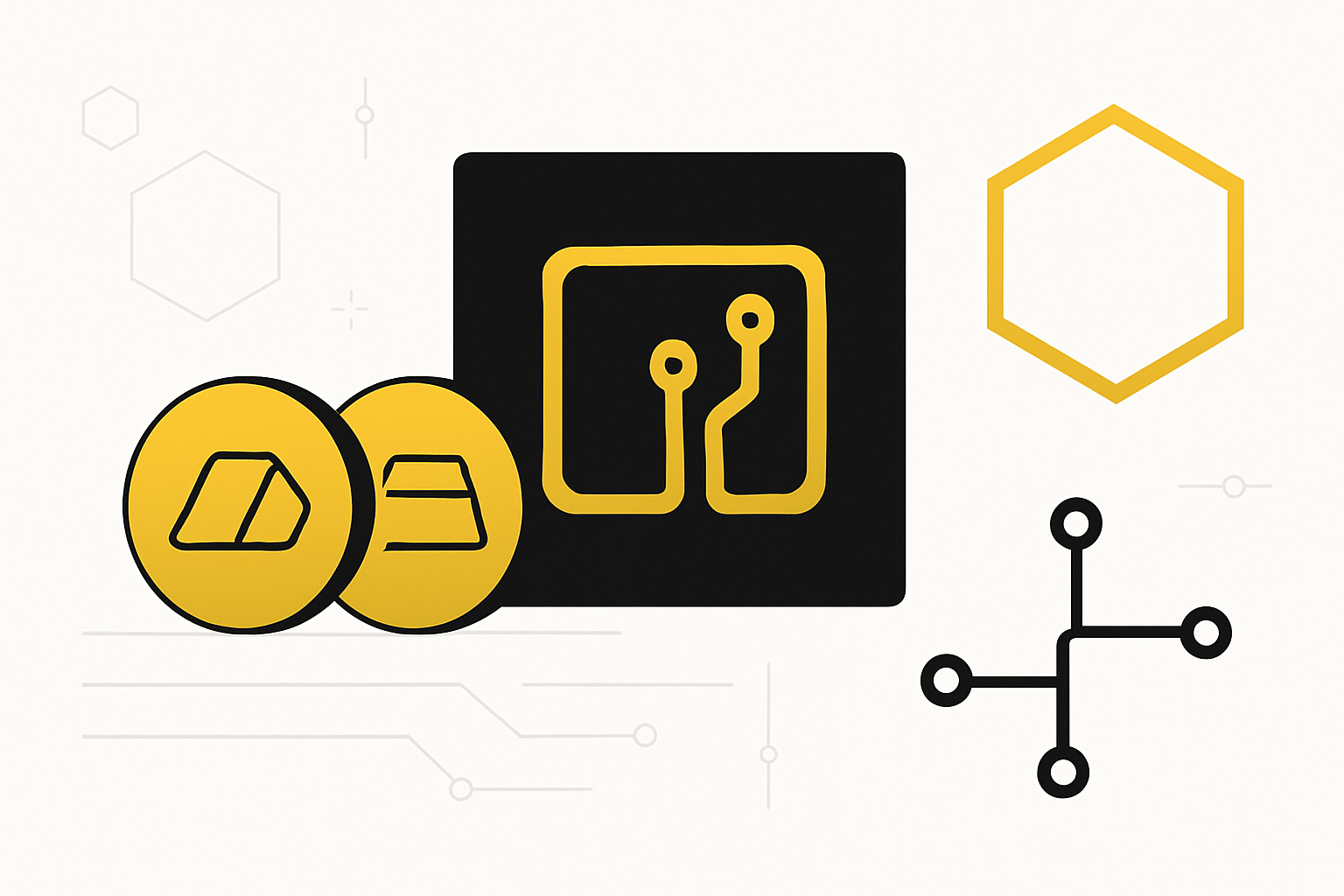Tokenized Gold vs. Physical Gold: Trust, Risks, and Opportunities in 2025
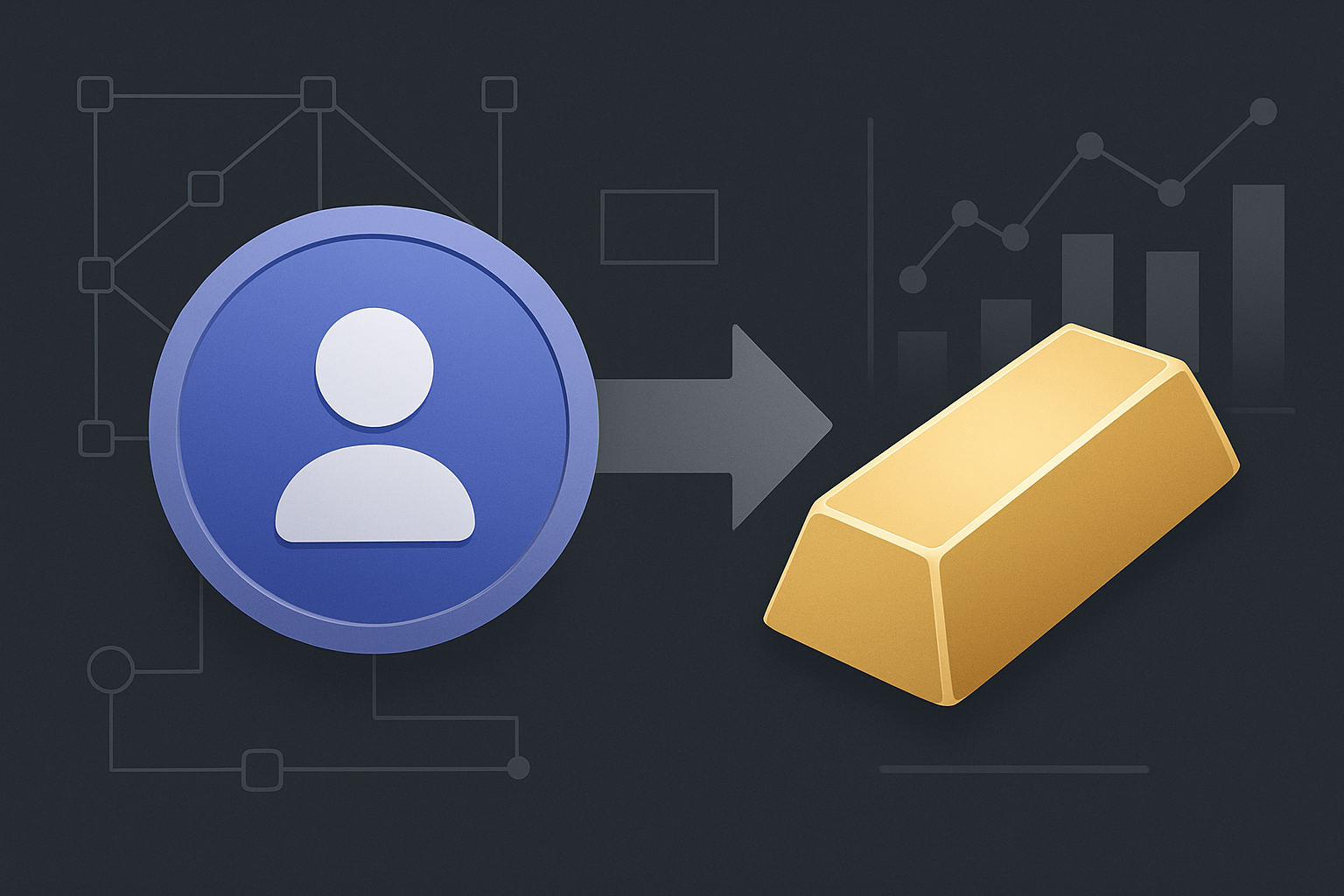
Gold’s reputation as a store of value is centuries old, but in 2025, the debate between tokenized gold vs physical gold is more relevant than ever. As the gold market adapts to blockchain innovation, investors are weighing the merits of traditional bullion against digital tokens that promise liquidity, transparency, and global access. With PAX Gold (PAXG) trading at $4,097.95, tokenized gold is no longer a fringe experiment but a significant player in the precious metals landscape.
Trust and Transparency: Who Holds Your Gold?
The foundation of any gold-backed asset is trust. For physical gold, trust is tangible: you can hold a bar, verify its weight, and (with proper storage) know it’s safe. However, physical gold comes with logistical headaches, from secure vaulting to insurance and transportation. Tokenized gold, on the other hand, relies on blockchain records and the integrity of issuers.
Leading tokenized gold products like PAX Gold (PAXG) and Tether Gold (XAUt) each claim that every token is backed by one troy ounce of gold in secure vaults. Paxos, the company behind PAXG, submits to monthly third-party audits and operates under strict regulatory oversight, which has helped it build credibility among institutional and retail investors alike. In contrast, Tether Gold publishes periodic reserve reports but has yet to undergo a full independent audit, raising ongoing questions about transparency and trust in tokenized gold. For a deeper dive into how tokenized gold is audited and verified, see our guide on how tokenized gold works.
Risks: Physical Theft vs. Digital Counterparty Risk
Every gold investment carries risk, but the nature of that risk is evolving. Physical gold remains vulnerable to theft unless stored in highly secure, often costly, vaults. It is also less liquid, especially for small investors looking to buy or sell quickly. Tokenized gold sidesteps these issues, but introduces new challenges. The biggest is tokenized gold counterparty risk: if the issuer is compromised, mismanages reserves, or faces regulatory action, the value of your tokens could be in jeopardy.
Additionally, the blockchain world is not immune to cyber threats. Hacks, smart contract bugs, or loss of private keys can result in irreversible asset loss. Regulatory uncertainty also looms large. While some jurisdictions have embraced tokenized commodities, others lag behind, leaving investors exposed to shifting legal interpretations. For a comprehensive look at the risks and differences between major tokenized gold products, check out our comparison of XAUt, PAXG, and KAU in 2025.
Opportunities: Fractional Ownership, DeFi, and Global Access
Despite these risks, the opportunities presented by tokenized gold 2025 are hard to ignore. The ability to purchase fractions of a gold bar – sometimes as little as 0.01 ounces – makes gold accessible to a new generation of investors. Digital tokens can be traded 24/7 on global exchanges, eliminating borders and banking delays. Perhaps most intriguing is the integration with decentralized finance (DeFi): tokenized gold can be used as collateral for loans or yield-generating strategies without ever leaving your digital wallet.
The market’s enthusiasm is reflected in PAXG’s robust capitalization and trading volume. As of today, PAXG holds a steady price at $4,097.95, with only minor daily fluctuations (-0.002260%). This stability underscores investor confidence in digital gold as both a safe haven and a flexible asset. For those exploring how tokenized gold fits into modern portfolios or DeFi protocols, our article on portfolio diversification with tokenized gold provides actionable insights.
PAX Gold (PAXG) Price Prediction 2026-2031
Forecasting PAXG price scenarios post-2025: factoring in tokenized gold adoption, regulatory clarity, and macroeconomic trends.
| Year | Minimum Price | Average Price | Maximum Price | YoY % Change (Avg) | Market Scenario Insights |
|---|---|---|---|---|---|
| 2026 | $3,980 | $4,250 | $4,550 | +3.7% | Gold price remains elevated; PAXG tracks gold with slight premium from DeFi demand. Regulatory clarity improves liquidity. |
| 2027 | $4,050 | $4,390 | $4,800 | +3.3% | Broader adoption in DeFi and traditional finance; minor volatility due to global economic shifts. |
| 2028 | $4,150 | $4,570 | $5,100 | +4.1% | Continued tokenized asset growth; gold demand rises in uncertain markets. PAXG seen as safe-haven digital asset. |
| 2029 | $4,250 | $4,780 | $5,350 | +4.6% | Stable market with moderate gold appreciation; increased institutional integration and cross-chain use cases. |
| 2030 | $4,350 | $4,950 | $5,650 | +3.6% | Wider regulatory harmonization; tokenized gold ETFs compete but PAXG retains market share via DeFi. |
| 2031 | $4,400 | $5,100 | $5,950 | +3.0% | Mature tokenized gold sector; new tech (e.g., interoperability, on-chain audits) boosts investor trust. |
Price Prediction Summary
PAX Gold (PAXG) is expected to maintain a price trajectory closely tied to the underlying physical gold price, with added upside potential from increased token adoption, integration with DeFi, and improving regulatory clarity. The average price is projected to rise steadily, reflecting gold’s role as a safe-haven asset and the growing trust in tokenized gold. However, minimum and maximum price ranges account for possible volatility due to market cycles, regulatory surprises, or competition from other gold-backed digital assets.
Key Factors Affecting PAX Gold Price
- Physical gold price trends (macroeconomic factors, inflation, geopolitical events)
- Adoption of tokenized gold in DeFi, CeFi, and as collateral
- Regulatory developments and legal clarity for tokenized assets
- Security and transparency improvements (audits, custody, insurance)
- Competition from gold ETFs, other tokenized gold products, and alternative stores of value
- Market liquidity and trading volume for PAXG
- Technological advancements (cross-chain operability, DeFi integration)
Disclaimer: Cryptocurrency price predictions are speculative and based on current market analysis.
Actual prices may vary significantly due to market volatility, regulatory changes, and other factors.
Always do your own research before making investment decisions.
Physical gold and tokenized gold each have distinct appeal, but their suitability depends on your investment goals and risk tolerance. Physical bullion offers a sense of permanence and direct control, but comes with the burdens of storage, insurance, and limited liquidity. Tokenized gold, in contrast, delivers instant settlement, fractional access, and seamless integration with blockchain-based financial tools. Yet, it also requires a leap of faith in both the issuer’s integrity and the security of digital infrastructure.
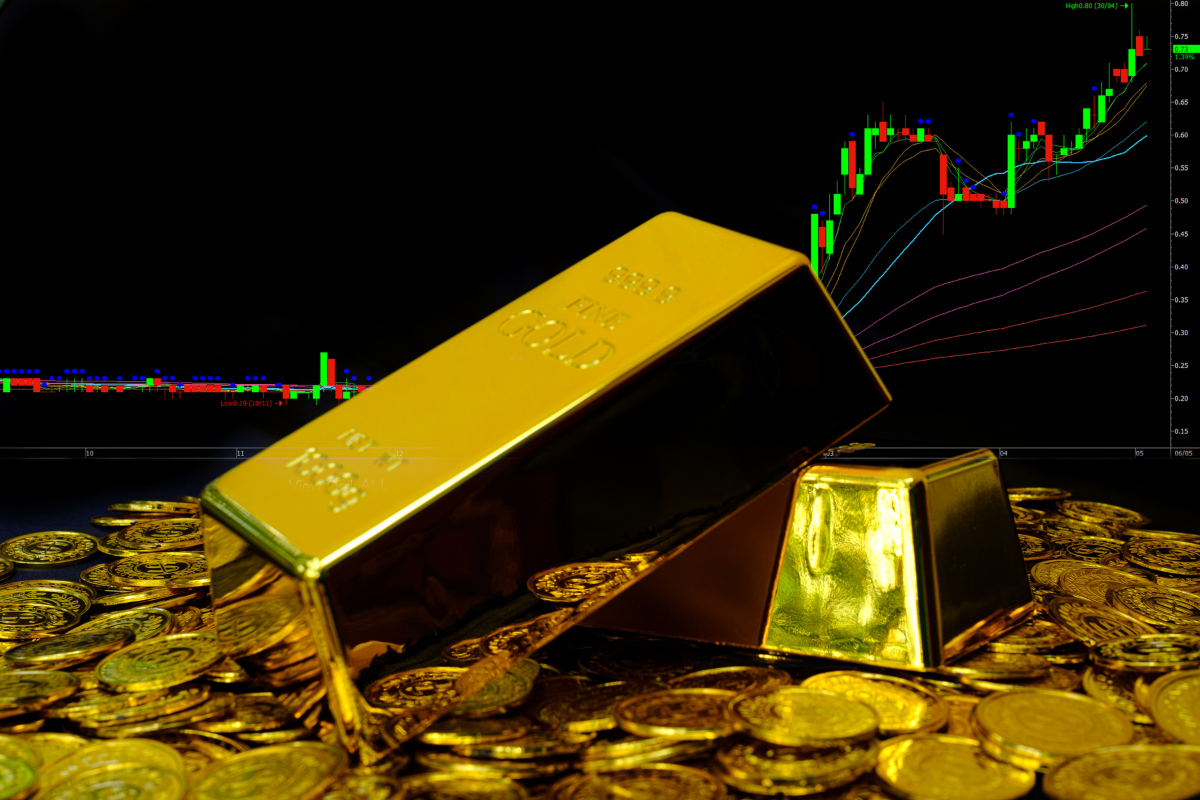
Performance in 2025: PAXG Holds Steady at $4,097.95
This year has seen PAX Gold (PAXG) maintain remarkable price stability, trading at $4,097.95 with a minimal 24-hour change of -0.002260%. The token’s resilience is particularly notable against the backdrop of global market volatility and renewed interest in safe-haven assets. For investors seeking a digital asset that tracks spot gold with precision, PAXG remains a compelling option. Its price movement closely mirrors that of physical gold, but with the added benefits of blockchain liquidity and transparency.
Meanwhile, Tether Gold (XAUt) and other gold-backed crypto assets continue to grow in adoption, but questions about independent audits and reserve reporting persist. As regulatory frameworks mature and more issuers commit to transparent, third-party verification, the market may see even greater alignment between tokenized and physical gold valuations.
Making the Choice: Who Should Choose Tokenized Gold?
If you’re prioritizing liquidity, global access, and the ability to leverage gold in DeFi applications, tokenized gold offers a future-forward solution. It’s especially attractive for those who want to diversify portfolios without the logistical hurdles of physical asset management. However, if you value direct ownership and are wary of tokenized gold counterparty risk or regulatory ambiguity, traditional bullion may still hold the edge.
It’s also worth noting that tokenized gold’s integration with DeFi is rapidly evolving. Investors can now stake their tokens, use them as collateral, or participate in yield-generating protocols – opportunities unavailable to physical gold holders. This flexibility is a key reason why digital gold is gaining traction among both retail and institutional investors. For a deeper look at how tokenized gold is reshaping commodity investing, see our analysis on how tokenized gold is changing commodity investing.
Balance is the key to resilience: Many investors are now blending both forms, holding physical gold for ultimate security and tokenized gold for agility and access. This hybrid approach may offer the best of both worlds in a rapidly changing market.
Key Takeaways for 2025 and Beyond
- Tokenized gold provides unmatched liquidity, fractional access, and DeFi integration, but requires trust in issuers and digital security.
- Physical gold remains the gold standard for direct ownership and tangible assurance, though it is less flexible and harder to trade globally.
- Investors should evaluate their risk appetite, technological comfort, and portfolio goals before choosing between the two – or consider a balanced allocation.


